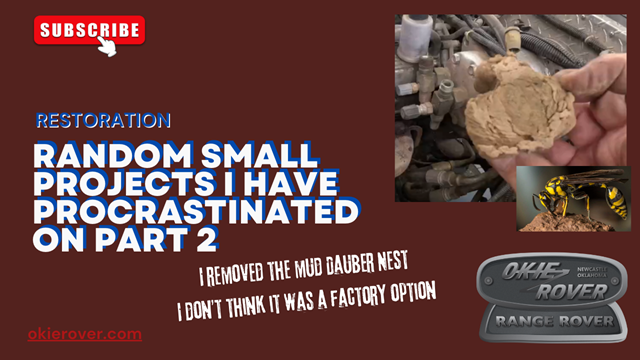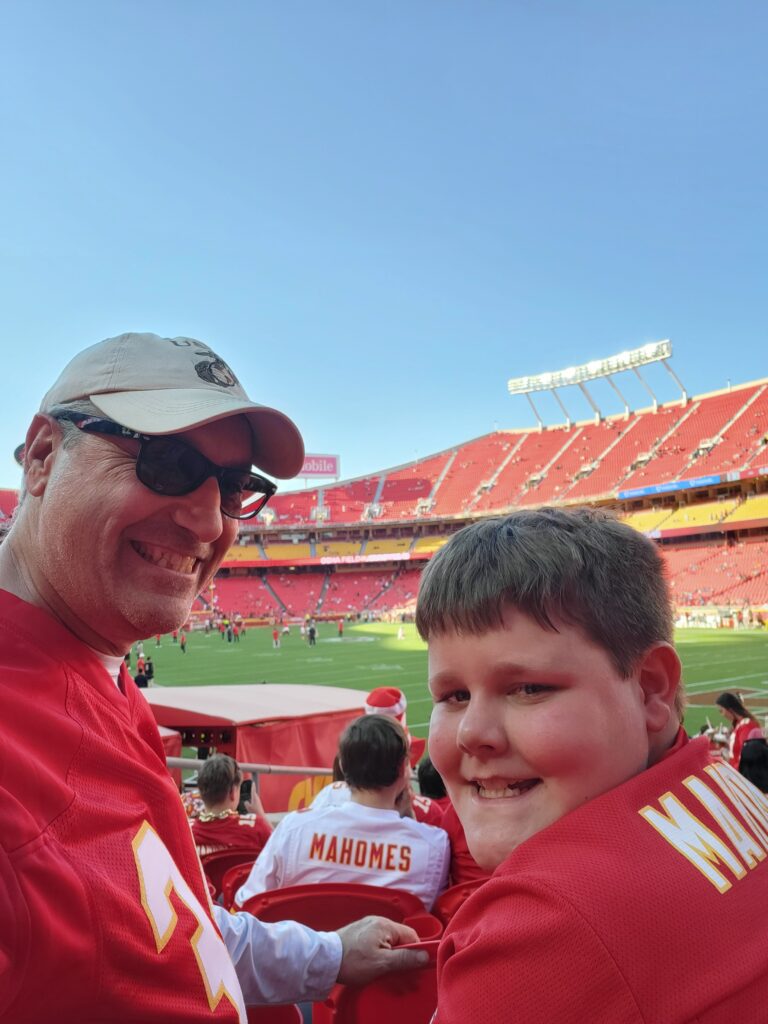This week I continued the “odd jobs” on the Classic. These have been piling up as I moved through the truck cutting out rust and welding new patches, grinding away rust, killing spiders, painting, and planning. Would it have been prudent to have written these tasks down, absolutely. Did I write any of them down, not a one.
I’m sure I’ll be encountering them more and more as I start running wiring for the interior. As I start installing the trim and the other interior bits I’m sure there will be dozens of these jobs.
I got the rear seat belt mounts reinstalled. That took a little clever thought to run a string up through the holes and pulling the bracket into place. This required a few trips back and forth under the truck. That will wear an old man out quickly. I installed the rivets so I’ll be able to use those points for a seat belt AND to lock down racks or gear and the bed/tray mechanism that I’ve been planning.
I also tackled the rust on the front differential. It is really crusty. There is no risk of if rusting through. The bloody thing is 1/2 an inch thick.
I got a sprayer and applied some rust converter liberally. I’ll check it this week after work to see how it did.
I also bought a spray attachment to assist in cleaning the bottom of the truck off. You’ll see a LOT of oil covered surfaces and I’ll have to start chasing down where that is coming from. I have some ideas but it will need to be CLEAN before I start finding the leaks and weeps.
Like and subscribe.
May the wind take your troubles away and Happy Rovering.







